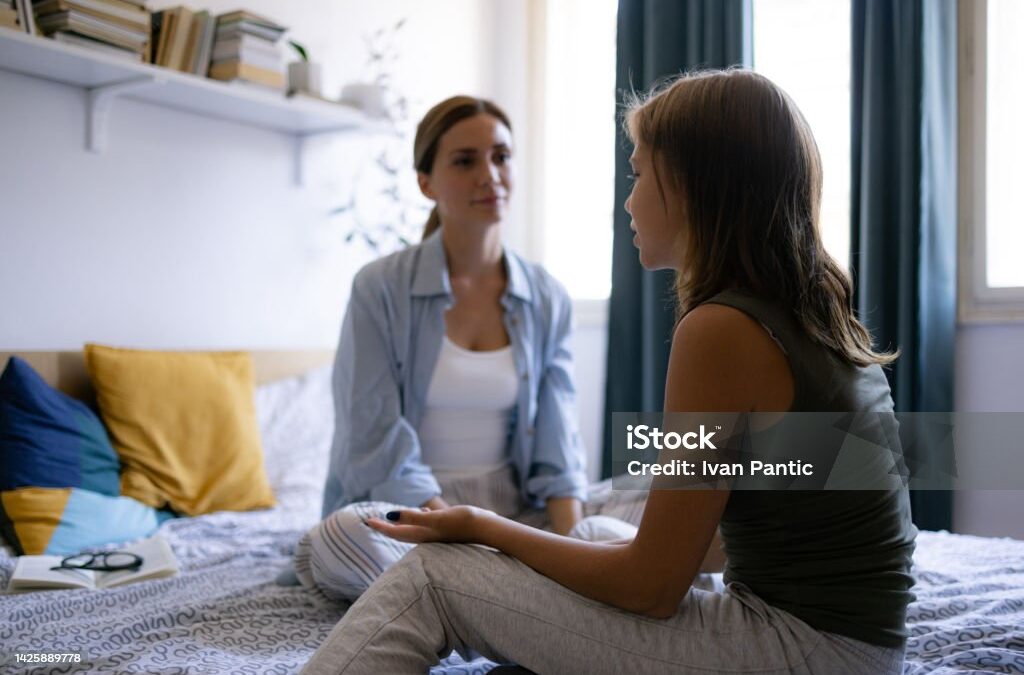“I’ve talked with my teen” / “I’ve talked with my parent(s)”
Are you sure?
- Did you openly talk about your hopes, dreams and desires for sexual choices?
- Have you shared your beliefs and values on the subject?
- Did you discuss ways to set clear boundaries, to discuss reasons for waiting or the pros and cons of either choice?
- What about how to raise the topic with your boyfriend or girlfriend?
Parents, young adults and teens alike frequently provide the following answers when asked what is safe sex;
“Abstinence”… “Until marriage”
Many will guess this is truly the answer to the question, however this is not really the answer, at least, given how most view the definition of abstinence. Definitions indicate this means “to refrain from sexual intercourse”, some adding until marriage, yet, many other risky behaviours could lead to STIs/STDs. This answer also does not teach about safe sexual expression either… no sex is not sex. What is safe sexual expression then? The next answer from parents, teens or young adults often is …
“Condoms and Contraception”
Again, school programs often phrase this strategy as “safe sex” quite commonly reporting statistics indicate safety ranges from 97% to 99% when used effectively. The titles of “safe” or “safer” are unfortunately quite misleading. This is magnified because we now know adolescents’ brains are not fully developed until their early twenties. Further, contraception is rarely used as recommended heightening risk. When all factors are taken into account (e,g, forgetfulness, unwillingness and the just plain “not caring much”) contraceptive use safety hovers somewhere around 77% (seventy-seven percent). Wow!… an over twenty percent chance of an infectious disease or pregnancy. Think about that.
“Find one person you really love”
Finally, a smaller proportion of people will answer “safe sex is with someone you really love“, however there is huge ambiguity around what this actually means. At what age? Does this mean one person? What if you choose and then break up? Choose again? Committed relationship? What does that mean? What does really love mean?
With all the confusion, vague answers and poor safety percentages, it may be better for school boards and parents alike to delete the title safe sex and introduce an honest title (with a big banner), “LESS RISKY SEX“. We can give students a clearer message that sexuality and sexual expression carries extreme risk to both mental and physical health. Given the lack of clear and consistent information, it is clear we can address this health risk with a more thorough health education strategy.
The answer to today’s question is none of the above. “Really safe sexual expression” is possible. It involves activities with virtually no chance of disease (including mental illness) or pregnancy. Sexual development is a normal part of human development and an important part of life that brings with it great responsibility on the part of parents, educators and caregivers to prepare youth well.
Healthy sexuality and sexual development requires an educational curriculum that provides evidence-based information, consistently delivered through ongoing, open and sensitive conversations.

Recent Comments